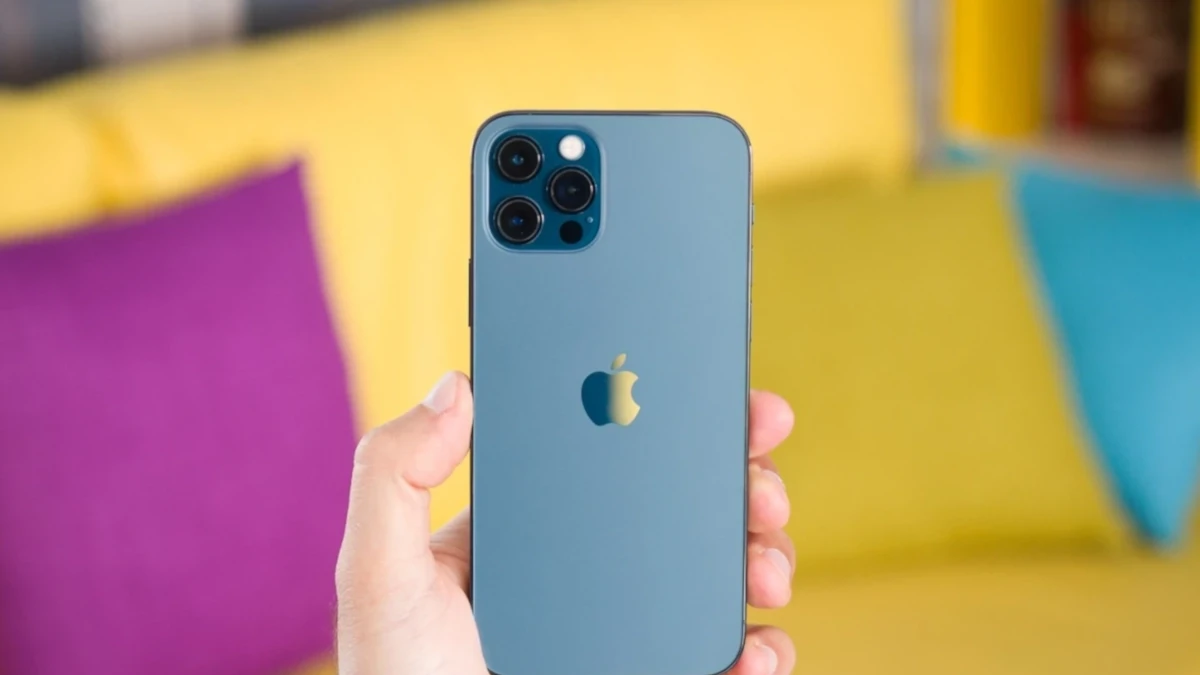How Secure Is My iPad for Internet Banking

As technology continues to evolve, more and more people are turning to their iPads for internet banking. With the convenience of being able to check your account balance, transfer funds, and pay bills from anywhere at any time, it’s no wonder why this trend is becoming increasingly popular. However, with this convenience comes a risk. The security of your personal information is paramount when it comes to online banking. In this article, we will explore the risks associated with using an iPad for internet banking and the security measures in place to protect your information. We’ll also provide tips on how you can keep your iPad secure while banking online and what to do if your device is lost or stolen.
The Risks of Using an iPad for Internet Banking
When it comes to internet banking, security is of utmost importance. While using an iPad for online banking may seem convenient, there are certain risks involved that you should be aware of. One of the biggest risks is the possibility of your device being hacked or infected with malware.
Hackers can gain access to your personal information such as login credentials, account numbers, and other sensitive data through various means such as phishing scams or by exploiting vulnerabilities in your device’s software. Additionally, if you use public Wi-Fi networks to access your bank account on your iPad, you run the risk of having your information intercepted by cybercriminals.
It’s important to understand these risks so that you can take steps to protect yourself and your finances. In the next section, we’ll discuss some of the security measures in place for iPad banking and what you can do to keep your device secure when banking online.
The Security Measures in Place for iPad Banking
When it comes to iPad banking, security is a top priority for both the banks and the users. Banks have implemented various security measures to ensure that their customers’ financial information is protected from unauthorized access or theft. One of the primary security measures in place for iPad banking is encryption.
Encryption is a process of converting sensitive data into an unreadable format that can only be decoded with a specific key or password. This means that even if someone were to intercept your data, they would not be able to read it without the decryption key. Most banks use 128-bit SSL (Secure Socket Layer) encryption, which is considered one of the most secure encryption methods available.
In addition to encryption, banks also use multi-factor authentication to verify the identity of their customers. This involves using two or more forms of identification, such as a password and a fingerprint scan, before granting access to an account. Some banks also offer biometric authentication options like facial recognition or voice recognition.
Overall, while there are risks associated with using an iPad for internet banking, banks have implemented robust security measures to protect their customers’ financial information. It’s important for users to also take steps to keep their iPads secure when banking online by following best practices like using strong passwords and keeping their software up-to-date.
How to Keep Your iPad Secure When Banking Online
When it comes to banking online with your iPad, there are a few things you can do to ensure that your personal information and financial data remain secure. First and foremost, make sure that your iPad is password protected. This means setting up a passcode or using Touch ID to unlock your device. This will prevent unauthorized access to your iPad and the sensitive information stored on it.
Another important step is to only use secure Wi-Fi networks when banking online. Public Wi-Fi networks can be easily hacked, so it’s best to avoid them altogether when accessing sensitive information like bank account details. If you must use public Wi-Fi, consider using a virtual private network (VPN) to encrypt your internet traffic and protect your data.
It’s also a good idea to keep your iPad’s operating system and apps up-to-date with the latest security patches and updates. These updates often include important security fixes that address vulnerabilities in the software.
Finally, be wary of phishing scams and suspicious emails or texts claiming to be from your bank. These are often attempts by cybercriminals to steal your login credentials or other personal information. Always verify the authenticity of any communication from your bank before clicking on any links or entering any sensitive information.
By following these simple steps, you can help keep your iPad secure when banking online and protect yourself from potential cyber threats.
What to Do If Your iPad is Lost or Stolen
If your iPad is lost or stolen, it’s important to take immediate action to prevent any unauthorized access to your banking information. The first step is to contact your bank and let them know what has happened. They will be able to freeze your account and stop any transactions from taking place.
Next, you should change all of your passwords associated with your banking accounts. This includes not only your online banking password but also any passwords for apps that you use for banking purposes. It’s also a good idea to enable two-factor authentication wherever possible.
If you have the Find My iPad feature enabled, you can use it to locate or remotely wipe your device. This will ensure that no one can access any sensitive information on the device. If you don’t have this feature enabled, it’s still worth contacting Apple support as they may be able to help track down the device.
Finally, it’s important to keep an eye on your bank statements and report any suspicious activity immediately. By taking these steps, you can minimize the risk of financial loss and protect yourself from identity theft.
Tips for Secure iPad Banking
When it comes to banking on your iPad, there are a few tips you can follow to ensure that your personal and financial information stays secure. Firstly, always make sure that your iPad is running the latest version of its operating system and that all security updates have been installed. This will help to protect against any known vulnerabilities or exploits.
Secondly, be cautious when downloading apps from third-party sources. Stick to downloading apps from trusted sources such as the App Store, and always read reviews before downloading any app.
Thirdly, use strong passwords for all of your accounts and enable two-factor authentication wherever possible. This will add an extra layer of security to your accounts and make it more difficult for hackers to gain access.
Lastly, avoid using public Wi-Fi networks when banking on your iPad. Public Wi-Fi networks are often unsecured and can be easily intercepted by hackers. Instead, use a secure network or your mobile data connection when accessing sensitive information on your iPad.
By following these tips, you can help to keep your iPad secure when banking online and reduce the risk of falling victim to cybercrime.
Conclusion
In conclusion, while using an iPad for internet banking can be convenient and efficient, it is important to be aware of the potential risks involved. By understanding the security measures in place and taking steps to keep your device secure, you can minimize the chances of falling victim to cybercrime. Remember to always use strong passwords, keep your software up-to-date, and avoid accessing sensitive information on public Wi-Fi networks. By following these tips and remaining vigilant, you can enjoy the benefits of iPad banking with peace of mind.




